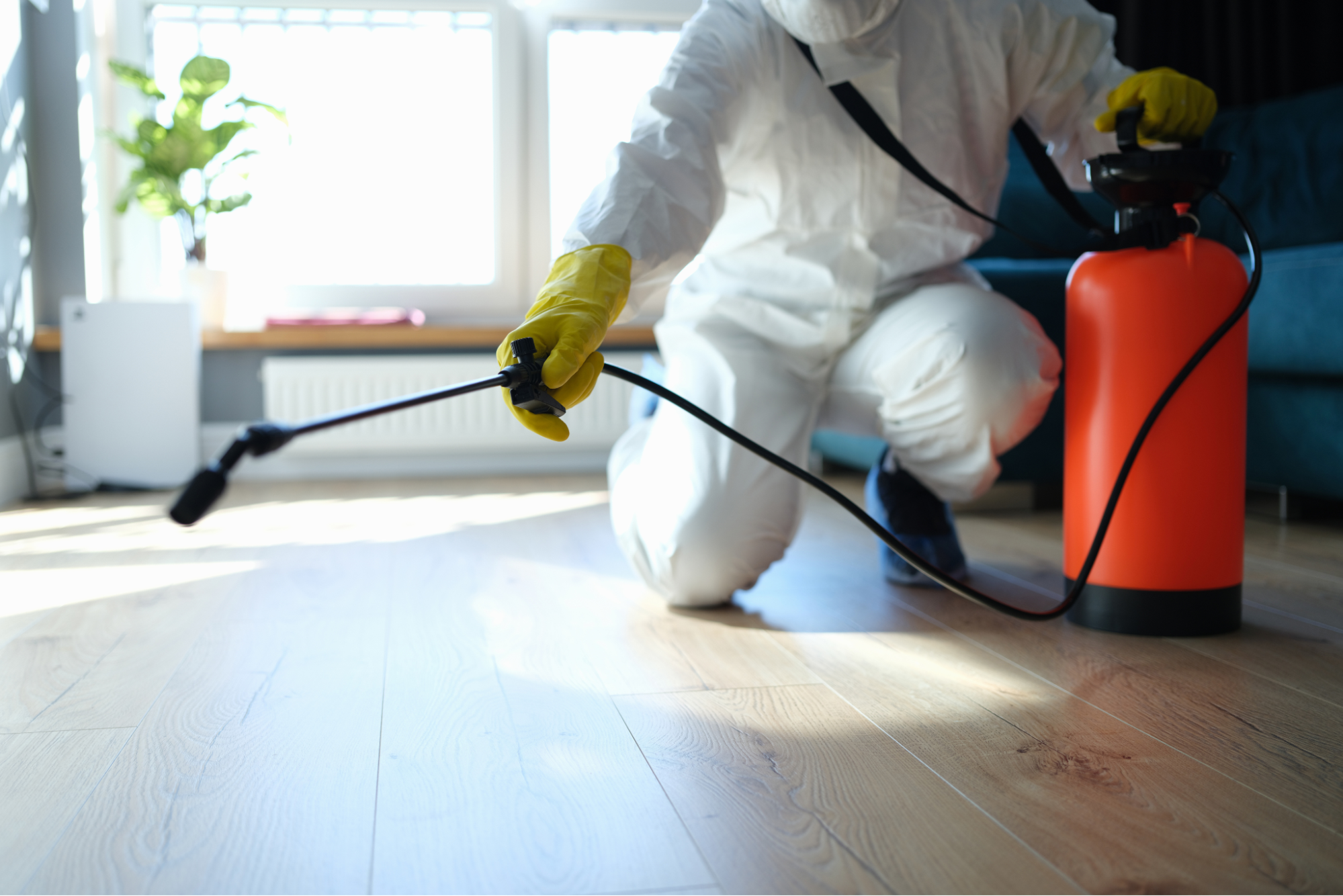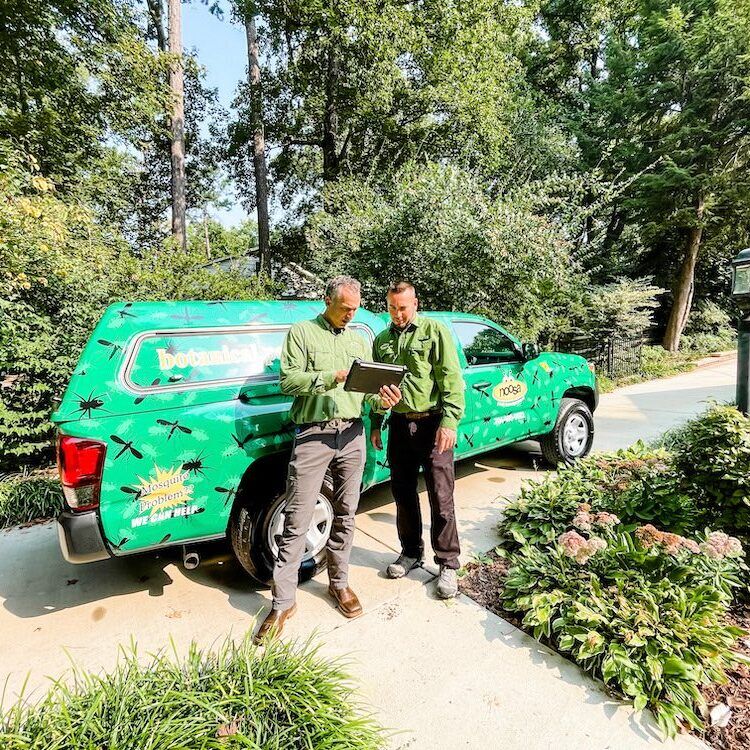Grasping the Art of Parasite Control: Proven Techniques for Long-Term Avoidance and Removal
Parasite invasions can be a persistent difficulty for homeowners and services alike, requiring a calculated method to properly manage and remove these unwanted burglars. By mastering the art of bug control via tested methods for long-term prevention and obliteration, one can establish a proactive protection versus possible risks. Recognizing the behavior of insects, carrying out incorporated pest management methods, and using all-natural remedies are simply a couple of vital parts vital to accomplishing enduring success in this venture. However, the complexities of keeping cleanliness, conducting regular evaluations, and thorough surveillance play equally essential roles in sustaining a pest-free environment. As the battle versus parasites remains to evolve, adopting an extensive method becomes critical in protecting your property from potential injury.
Recognizing Bug Habits
To efficiently execute bug control approaches, it is important to comprehend the elaborate habits showed by numerous parasites in various settings. By researching these actions, parasite control professionals can recognize the most at risk points in the parasite's life cycle to target treatments a lot more successfully.
As an example, rodents like rats and mice are nocturnal creatures that favor dark, private rooms near to a food source. portland exterminators a1 for bed bugs. Recognizing this, bug control professionals can focus on sealing entry points and getting rid of food attractants to prevent these bugs. On the other hand, bugs such as cockroaches grow in cozy, damp locations with accessibility to water. By addressing dampness problems and sealing fractures and crevices, infestations can be substantially minimized.
Implementing Integrated Bug Management
Carrying Out Integrated Pest Administration entails using an all natural technique to resolve insect concerns by combining numerous control tactics and methods. This method highlights avoidance, monitoring, and control of insects via a combination of biological, social, physical, and chemical treatments. By integrating several strategies, Integrated Pest Monitoring (IPM) intends to decrease making use of pesticides while properly managing pest populations.
One trick aspect of IPM is determining the details bug problem and recognizing its habits and life cycle. This expertise helps in identifying the most proper control actions to apply. Prevention is likewise a basic principle of IPM, concentrating on eliminating elements that draw in bugs, such as sanctuary, food, and water. Normal surveillance and inspection are important to identify parasite problems early and stop them from escalating.
Additionally, IPM promotes making use of ecologically pleasant and sustainable insect control methods to minimize injury to non-target microorganisms and the bordering ecosystem - a1 pest control in portland oregon bed bugs. By adopting an Integrated Parasite Administration approach, people and businesses can effectively handle pests while lowering reliance on chemical pesticides
Making Use Of Natural Treatments
Building upon the structure of Integrated Pest Administration, a shift in the direction of making use of natural solutions offers an environmentally friendly strategy to pest control. Natural solutions harness the power of nature to discourage and get rid of pests without using rough chemicals that can hurt the setting, humans, and valuable organisms.

In addition, growing pest-repelling plants like marigolds, lavender, and mint around gardens and homes can help deter parasites naturally. These plants give off smells that bugs find undesirable, driving them away without the requirement for chemical intervention.
Keeping Tidiness and Hygiene

Consistently examining and cleansing hard-to-reach areas such as behind appliances, under sinks, and in storage wardrobes is necessary for identifying and removing prospective insect environments. Clutter needs to be reduced as parasites frequently look for refuge in stacks of things or debris. Carrying out a regular cleaning schedule and making sure all members of the family or staff members are educated on correct health practices can go a lengthy way go to my site in pest prevention. By keeping cleanliness and health standards, the atmosphere becomes much less hospitable to insects, eventually sustaining long-term pest control efforts.
Normal Examinations and Surveillance
Normal evaluations and keeping track of play a crucial duty in proactively determining and attending to potential parasite problems prior to they intensify. By conducting routine evaluations of both the inside and exterior of a property, parasite control experts can detect early signs of invasions, pest access factors, and conditions favorable to parasite task.
Consistent tracking allows for the early detection of parasite issues, enabling quick intervention to prevent extensive problems that can be pricey and challenging to eliminate. In addition, routine examinations and keeping an eye on aid to abide by governing needs and keep a safe, pest-free atmosphere for residents. Applying a proactive technique pest control providers through routine examinations and tracking is a cornerstone of reliable bug administration, providing satisfaction and long-lasting defense against parasite risks.
Final Thought
In conclusion, mastering the art of insect control entails understanding pest behavior, carrying out integrated insect administration, utilizing all-natural solutions, keeping sanitation and health, and carrying out normal inspections and surveillance. By complying with these tested techniques for lasting prevention and eradication, people can properly handle parasite problems and develop a much healthier and more secure environment for themselves and their surroundings.
To effectively carry out pest control methods, it is necessary to comprehend the elaborate actions showed by different pests in various settings (a1 residential pest control portland or bed bugs). By examining these behaviors, bug control professionals can recognize the most prone points in the parasite's life cycle to target interventions much more properly
Carrying Out Integrated Pest Monitoring involves utilizing an all natural strategy to address parasite issues by incorporating different control methods and methods. By preserving tidiness and health criteria, the atmosphere comes to be much less friendly to pests, inevitably sustaining long-lasting bug control efforts.
By performing regular examinations of both the interior and outside of a property, bug control experts can identify early indicators of infestations, pest entrance points, and conditions conducive to pest activity.